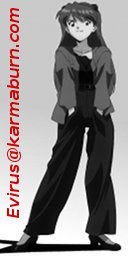30 June 2016: The End of Kuma Miko ~Air/My Purest Paralyzing Social Anxiety for Thee~
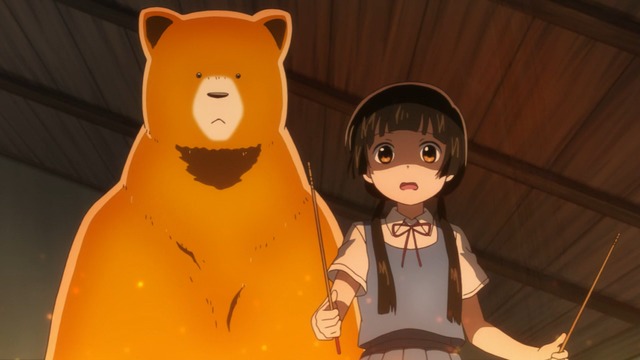
Machi trying to prepare rice the newfangled way.
Many voices cried out against the anime-original ending to Kuma Miko: Girl Meets Bear, but Swabulous Max's response most closely reflects my own views on the subject. There are just a couple of additional points to underscore my opinions on the matter and to highlight where we differ.
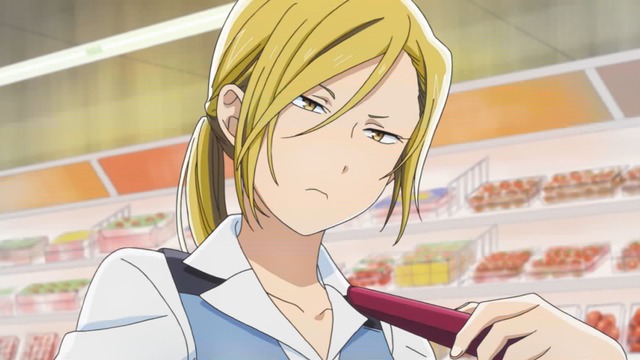
Hibiki actually cleans up all right.
First of all, its final two episodes aside, I still liked Kuma Miko a great deal. It would have been in my top four shows from spring 2016 had it not faltered at the end. Notably, this means I was also okay with the questionable fan service that periodically appeared. The original manga is seinen, after all. And while I've never read the source material, it seems I'm much less sensitive about this sort of thing than the typical anime fan I encounter on the Social Media Superhighway.
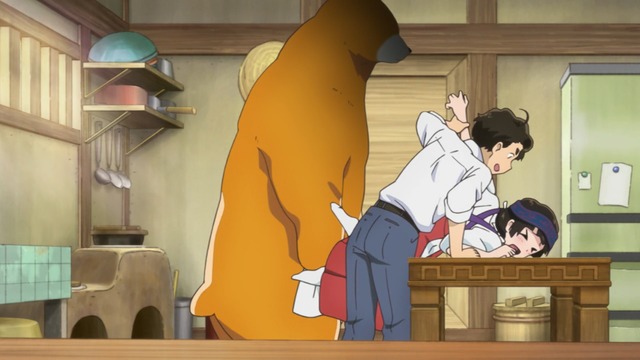
It's still funny when Haruhi does it to Michiru, right?
Second of all, I even enjoyed most of the scenes where some asshole (usually her cousin Yoshio) bullies Machi and I enjoyed seeing her despair in the face of frankly trivial tasks. That shit's funny, okay. Now, I have to qualify that statement with a bit of explanation. The problem I had with Kuma Miko isn't that the show abused Machi for laughs or made light of her anxieties, but rather the anime didn't seem to understand how far it should push it—or more precisely, when it should back off—before it stopped being funny.
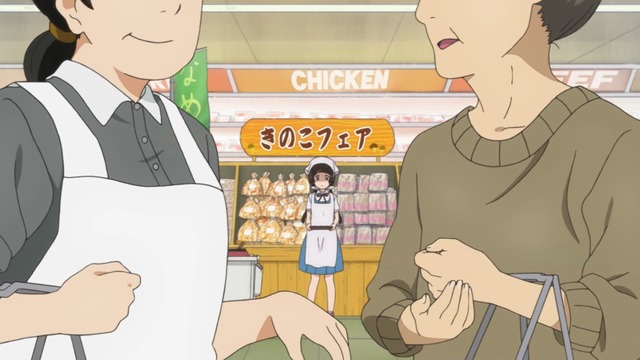
Chicken. CHICKEN!
For me, Kuma Miko crossed the line at Machi's failure to even enter that one store at the mall. She actually runs away in a blind panic after creating a "symbarrassing" scene. It's at that point I had to accept that Machi's crippling social anxiety was actually Crippling Social Anxiety and that the girl had serious problems—problems that would legitimately prevent her from accomplishing her initially modest-seeming aspiration of attending high school in the city instead of sugei inaka.
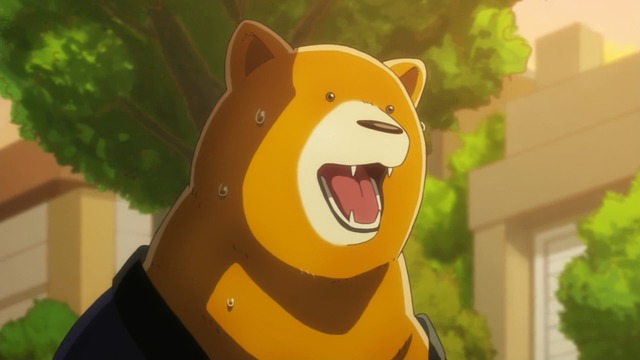
Natsu is sort of shitty at being a bear.
A couple more points here: Even though I've never read the manga, I've been led to believe the mall scene is not especially different in the anime, at least not in terms of the actual events themselves. I'm curious whether this is true and whether perhaps there's a difference in tone that makes Machi's plight less pathetic in the source material. Additionally, it seems to me the anime tried to go for a reset non-ending ending that was non-committal, but somehow failed to consider viewers would commiserate with Machi instead of Natsu. True, there's nothing really preventing Machi from bucking up and making another attempt at this whole Life thing—nothing but the pathos that pervaded what should have been a comic scene instead, that is.
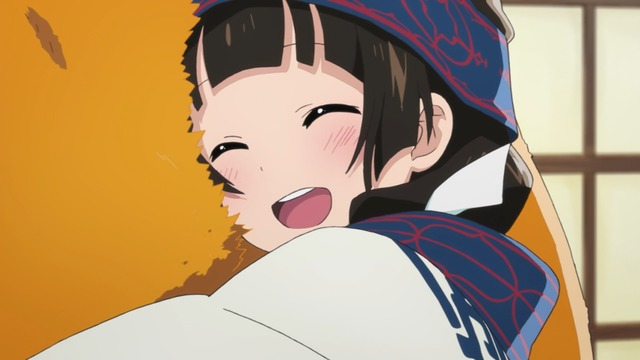
You tried and you failed. The moral is never try.
Overall, I get the feeling everyone (me included) is a bit too hard on the Kuma Miko ending, and perhaps a lot of the attention it's gotten is self-perpetuating, fanned by the initial reports of the mangaka's displeasure. Comedy is a hard thing to get right, and Kuma Miko at least managed to get it mostly right most of the time. Surprisingly, it's the basic plot advancement parts that got fouled up. Why couldn't Machi have attacked increasingly difficult quests that prepared for a new life in the city? I'd expect constraints in the source material to be the most likely cause, but absent some helpful blogger contrasting the two blow by blow, I guess the only way I'm going to find out is by reading the manga myself.


